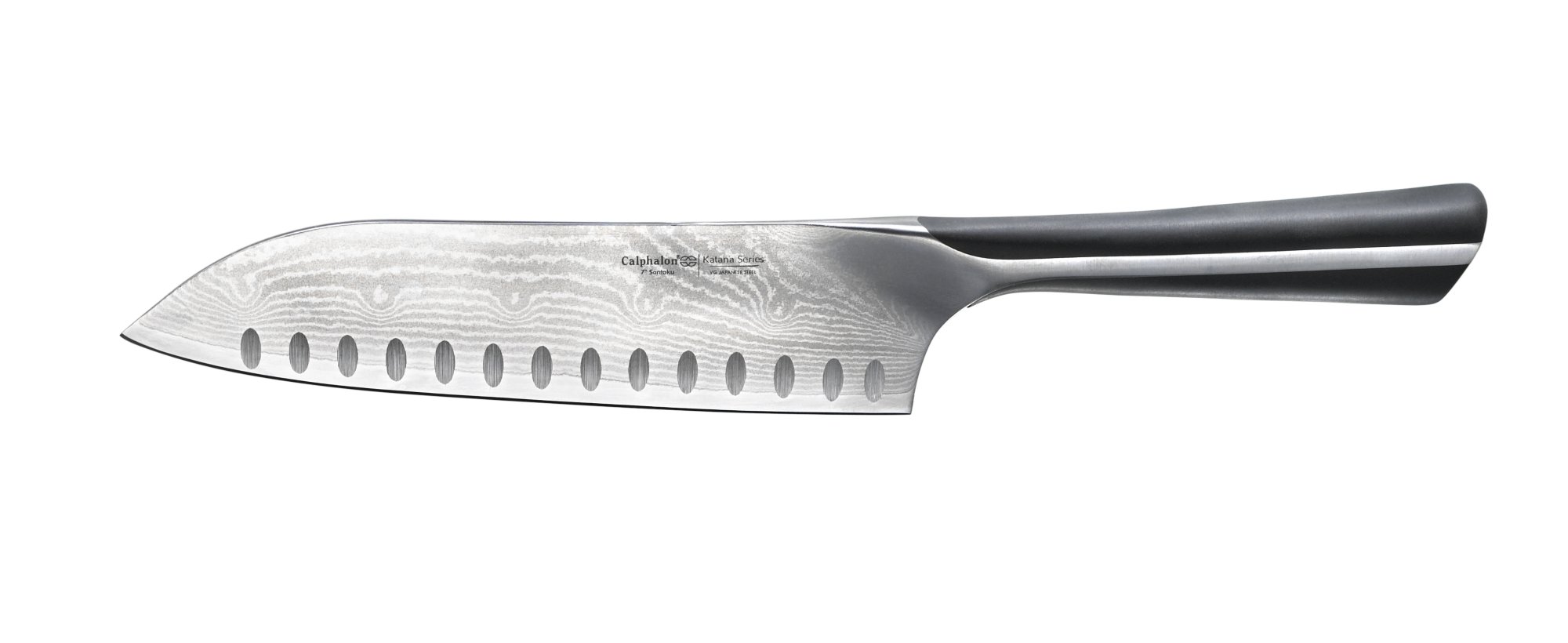Show Notes 107 "Implosion"
Evil is afoot, Agents.
As always, you can click on this link or by clicking play on the embedded player below to listen to this week’s episode while reading the show notes.
Also, don’t forget that you can support us on Patreon!
This week's Writer Appreciation Corner focuses on Bob Goodman, a true asset to the Warehouse 13 writing staff. We love Bob Goodman and even featured a quote from his io9 article in our "Bonus 01 - Podcast 13 Season 1 Trailer,” linked here and embedded below.
You can follow him on Twitter as @b0bg00dman.
The episode starts with Pete imitating a dubbed Japanese samurai movie. This week's episode dealt a lot with a lot of ~heavy themes~ related to Japan and WWII, and interestingly those themes tie directly into the media history of samurai cinema. Pete was almost certainly imitating the action-packed samurai cinema films that were popular after WWII. And, in fact, most samurai cinema was set during the Tokugawa/Edo Period--exactly when the Honjō Masamune was crafted. You can find a list of some seminal works of Samurai Cinema from The Criterion Collection.
From the classic film, Seven Samurai
It's interesting that the episode focused on a Masamune being given as a gift to a US president after WWII, because a Masamune was actually given to President Harry S. Truman after WWII and currently resides in the Harry S. Truman Presidential Library and Museum. That's a pretty direct allegory to a sword being given to Woodrow Wilson and residing in the Woodrow Wilson Museum of Peace.
Incidentally, there is no actual Woodrow Wilson Museum of Peace, but there is a Woodrow Wilson Presidential Library and Museum, and it is (at least partially) a house!
And since the episode got to the Honjō Masamune pretty quickly and led to an early introduction of our expert in the podcast, let's give her the same treatment here in the show notes! We are so grateful and honored to have had the highly illuminating Dr. Nyri Bakkalian as our Artifact Expert this week. She shed so much light onto a subject that I have just…no other knowledge of whatsoever. It was fascinating to hear all she had to say about the Honjō Masamune and about Japanese swords post WWII more broadly. You can find her on Twitter as @riversidewings, check out her blog, or support her on her Patreon for more information.
Dr. Nyri Bakkalian shared a cringe-worthy story of someone who stripped a samurai sword to the tang. If you know nothing about swords (like me) then you probably didn't know what a tang was--or that there are so many more parts of a blade than the hilt, tsuba, and that long stabby bit. For my fellow sword novices, here's some info on the anatomy of a sword. Here's some information specifically on Japanese swords. And here's some information specifically on tsubas and other Japanese sword mountings.
But guess what?!
Dr. Bakkalian was kind enough to give us even more information after Miranda's interview. She sent us a link to a Japanese resource that discusses the real Honjō Masamune--and that even includes a diagram of the sword itself. Dr. Bakkalian added that "the sword was appraised many times, but it was designated a National Treasure of Japan in 1939, so we're fortunate that we at least have a paper trail if not the blade itself."
While I don't know much about swords, I do know a bit about kitchen knives. And what I know about kitchen knives ties in--very slightly--with the history of swords. Specifically, the layering technique of forging Japanese steel blades. Here's a bit more information on how Japanese kitchen knives are made and how that ties into the history of sword-making in Japan. Not that anyone asked, but I'm a big fan of my hybrid knife set that has a Japanese steel blade but a piece of thick metal that extends all the way down through the hilt like a German blade. The knives have a nice thin, sharp edge like a Japanese blade but a comfortingly weighty, solid handle that makes me feel more in control as I cook. I've included pictures of them, because I love them and this is the closest I can come to being useful about anything related to blades.
This episode dealt a lot with the frustration that can come from poor communication between friends and coworkers. This is something that Artie struggles with a lot. Here is an interesting blog post for any managers or team leaders out there looking to foster better communication in their workplace.
In the stakeout scene in the parking lot of the Japanese Embassy, Pete makes a joke about how the goggles make him look like Kermit the Frog. I couldn't find a pic or gif of him in the goggles, but here's a pic of Kermit.
As we get further into the series of Warehouse 13, we're starting to encounter more and more artifacts per episode, which means that we may not have experts on to discuss every single artifact that an episode references or features. That said, we love this fan wiki as a resource to look into the artifacts that don't get as much airtime on Warehouse 13 or on our podcast.
In this episode, we don't spend a lot of time on it, but Artie uses a 14th Century Firework called an "Ice Flower" that mesmerizes onlookers by triggering a feedback loop in their optic nerve. You can find out more about mesmerism in our show notes for 103 "Magnetism." The fan wiki points out that the firework resembles a type of firework known as a Catherine wheel firework. Here's some more information about the history of fireworks.
The Ice Flower
In the hotel room with Artie, Pete, and Myka, Myka demands that Artie tell them exactly what the sword does. We learn that the sword turns the bearer invisible by splitting light in half. The bending and manipulation of light to essentially mimic invisibility is actually a thing that scientists are researching. There are lots of techniques they try, and you can learn more about them here.
In this same scene, we got another great detail from the brilliant art department on this show. As Artie is explaining the history of the Honjō Masamune, he pulls out a Japanese handscroll. Japanese illustrated handscrolls are a beautiful and intricate form of visual storytelling media and you can read more about them here. Personally, I learned about them from the video lecture series from Sunday at the Met entitled "Storytelling in Japanese Art." You can click the previous link or click play on the embedded video below to watch that lecture series.
You can find more lectures about art and history from The Metropolitan Museum of art on the museum's website or more directly, from its YouTube channel. I've found some truly amazing information there.
We made a reference to Kluger getting "dusted" (RIP Kluger). That was, you guessed it, a Buffy the Vampire Slayer reference.
Buffy Reference. #TakeAShot
Miranda referenced using the Oxford English Dictionary to look up the origin of the word "kabosh." The OED, as it is affectionately called is an amazing resource at whom's altar Miranda and I both worship. It's so much more than a dictionary. It gives the history and first use of every word you can imagine.
You can gain access to it with your library card number, so please: support your local library. Go and sign up for a card, so you can access this awesome resource.
Now that you have a library card (I'm assuming you dropped whatever you were doing to go support your local library and get a library card), you can now check out the books where the phrase "to put a kabosh on" were first used. The first was Sketches by Boz by Charles Dickens and the second was The Wheels of Chance by H.G. Wells.
It is taking literally everything in my power not to post a spoilery gif of H.G. Wells right now, but I'm committed to keeping major plot developments out of the show notes until we discuss them on the podcast, so instead here's a picture of me right now trying not to spoil things.
We also discuss how Artie's file said he was suspected of espionage but was actually arrested for treason. Small fact check, but espionage and treason are different crimes.
Outside the Wilson Museum, Pete and Myka have one of their patented heart-to-hearts and Myka unintentionally reveals--much to Pete's delight--that she is a fan of Star Trek: The Original Series. Specifically, she and Pete discuss the trope of "red shirts."
We talked about how the orange vs. purple Tesla reminded us of lightsabers in Star Wars and Priori Incantatem in Harry Potter.
Miranda gave a Mini-Actor Spotlight on the actor who portrays Mrs. Frederic's bodyguard, Jung-Yul Kim.
Meanwhile, our main Actor Spotlight of the week focused on James MacPherson himself, Roger Rees. His IMDB is incredibly impressive, but his credits extend far beyond his work on the big and small screen.
Miranda recognized him from his turn as Lord John Marbury in The West Wing.
We also gave a shout out to Rees' husband, Rick Elice, an accomplished writer and actor in his own right. Sadly, Roger Rees passed from brain cancer in 2015. He was a powerful and talented actor who left an enduring mark on Warehouse 13. Rest in Pease, sir.
We referenced this hilarious scene with Pete and Myka's gesture-based discussion about needing to shoot unsuspecting Secret Service Agents with the Tesla...
…and how it reminded us of Spike knocking over the "Welcome to Sunnydale" sign every time he entered and left town in Buffy the Vampire Slayer. (Another reference #TakeAShot)
We also take a moment to appreciate the importance of Leena to the Warehouse. She's great, and we want everyone to remember that she's great.
She’s so wonderful.
We also talk about how Artie's unwillingness to address the source of his closed-off nature ends up putting Pete and Myka in danger and making Myka very upset. She says that Artie needs to address his emotions instead of allowing his emotional scars to hurt those around him. Miranda and I support mental wellness and therapy. Please see our show notes for 103 Magnetism for a list of crisis resources.
The episode ended with a couple of quotes from the Talmud. You can learn more about Jewish Sacred Texts here. I haven't personally used this resource so I can't verify translations or commentary or anything, but we always link to books we reference in the podcast--so, if you want, you can read the Talmud online here.
That's all for this week.



















